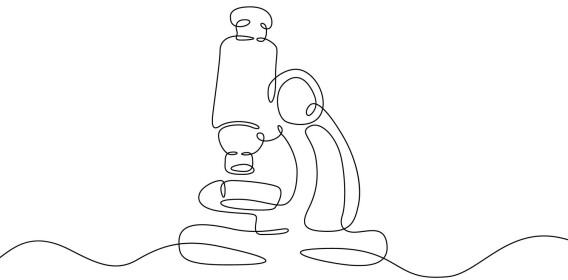
The Chinese had enough.
"They wanted the blue sky back"
"In China, they decide and make changes immediately," says researcher.
China emits the most greenhouse gases in the world.
At the same time, they spend more money than any other country on becoming more environmentally friendly.
How can that be?

Science Norway spoke with climate researchers Gørild Heggelund from the Fridtjof Nansen Institute and Glen Peters from CICERO Centre for International Climate Research.
Plastic toys and Happy Meals
For a long time, China was known as 'the world’s factory.' Think about the plastic toy in a McDonald’s Happy Meal or a cheap phone case.
That kind of production causes pollution, but China now wants to be known for green technology and climate-friendly solutions instead.
"When I lived in China in the 1980s, the mindset was that you could pollute first and clean up later. Now it's the opposite," says Heggelund.
People demand blue skies
A few years ago, the air in Beijing was so full of dust and smoke that people had to wear masks.

Tiny dust particles known as PM2.5 were entering people’s lungs and making them sick.
Eventually, people had enough, and began posting on social media.
"They wanted the blue sky back," says Heggelund.
The authorities listened. Air pollution is now monitored nationwide, and many cities have gotten cleaner air.
Developing countries take the lead
This summer, China was hit by floods and extreme rain that destroyed roads, bridges, and houses.
July 2024 was recorded as China's hottest since records began in 1961.
"That's why climate is an important topic for many Chinese people now," says Heggelund.

China produces the most solar panels, electric car batteries, and wind turbines in the world.
"Green technology has become a profitable business for China," says Heggelund.
According to Peters, many developing countries are taking the lead in renewable energy.
Among the five countries that get all their electricity from renewable sources is Congo – one of the poorest countries in the world.
Wind and solar power are often the cheapest options.
Even so, more than half of China's energy comes from coal – the most polluting energy source.
That makes China one of the worst polluters. In 2024, China accounted for about 32 per cent of the world's greenhouse gas emissions, according to the Global Carbon Project.

From dirty to green
It may seem strange that China is both the world's biggest polluter and a leader in green technology.
"But when a country transitions from dirty to green, both things have to exist at the same time for a while," says Peters.

China has pledged to become carbon neutral by 2060. That means they will remove as much greenhouse gas as they emit.
Heggelund says that the development is moving in the right direction.
"If China succeeds, it won't just benefit them, but the whole planet," she says.
Climate-friendly dictatorships
China is a dictatorship, meaning the country has only one ruling party, and its leaders make nearly all the decisions – without the people being able to vote for someone else to take over.
"Could that actually be good for the climate?"
Researchers say it can have both advantages and disadvantages.
"In China, leaders can make quick decisions and stick to them for many years," explains Heggelund.
"In China, they decide and make changes immediately. In Norway, we spend years debating and planning," says Peters.
In countries like Norway and the USA, climate policy can change completely when new leaders are elected.

Barack Obama and Joe Biden were concerned about the climate. When Donald Trump was elected, he approved more oil drilling.
Peters says it all depends on the country's leadership.
"Whether they're elected by the people or not," he says.
———
Translated by Alette Bjordal Gjellesvik
Read the Norwegian version of this article on ung.forskning.no

Subscribe to our newsletter
The latest news from Science Norway, sent twice a week and completely free.

























































